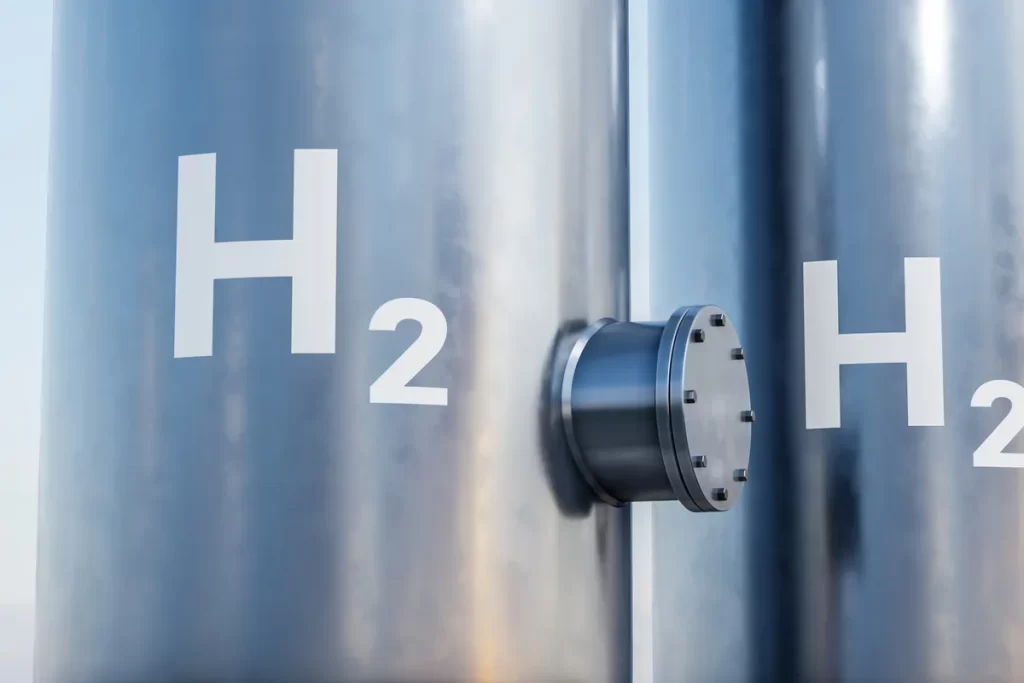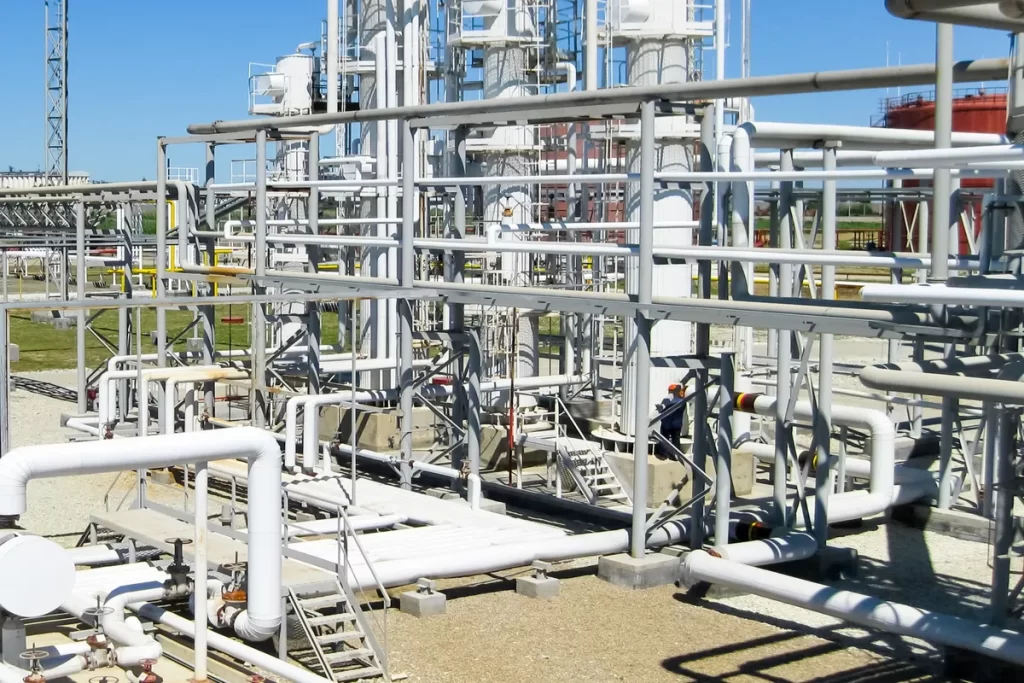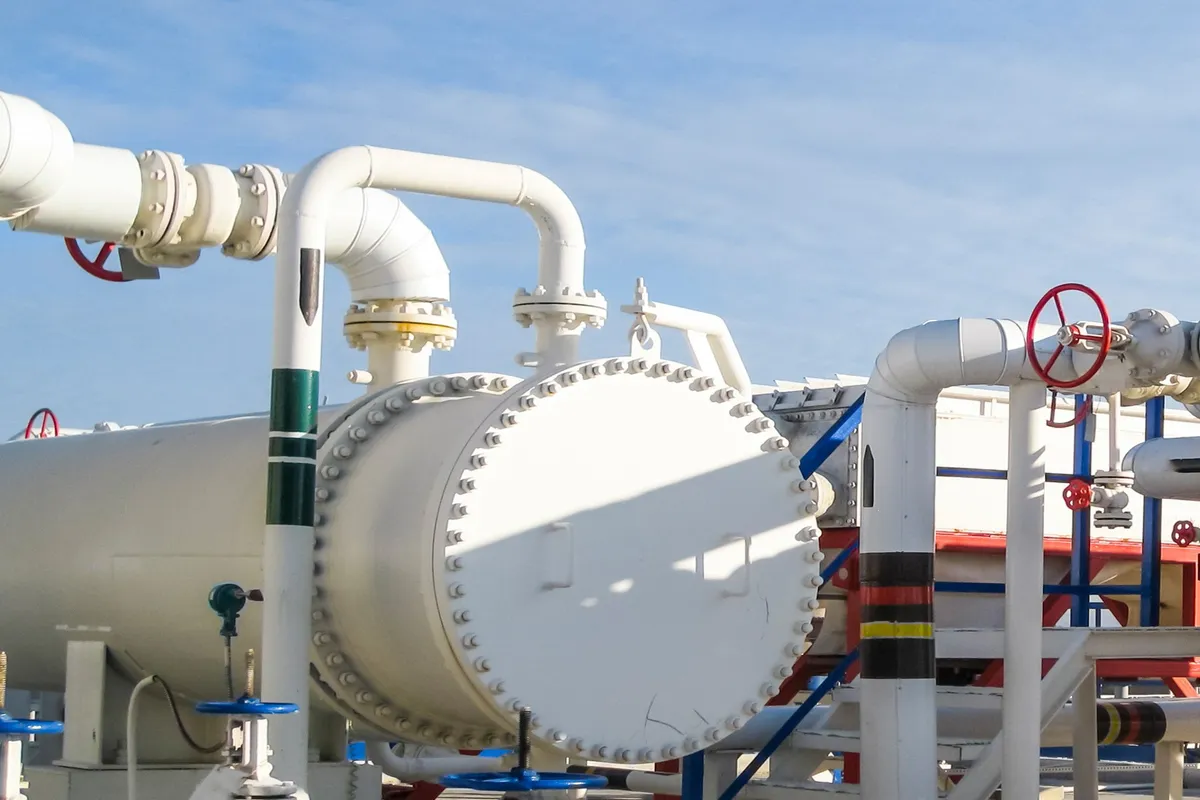Hey there, fellow clean energy enthusiasts! Today, we’re diving into the world of hydrogen production from methane. As you probably know, hydrogen is often seen as a promising alternative fuel with the potential to reduce our dependence on fossil fuels. In this blog post, we’ll explore the process of producing hydrogen from methane, including various methods and their efficiencies, as well as the advantages and disadvantages of this approach.
Understanding Hydrogen from Methane
First things first, let’s talk about what hydrogen from methane is all about. Methane (CH4) is the primary component of natural gas and can be converted into hydrogen (H2) through a variety of processes [1]. These processes involve breaking down the methane molecules and separating hydrogen from carbon, resulting in hydrogen gas that can be used as a clean fuel.
Production Methods
There are two main methods for producing hydrogen from methane: methane reforming and methane pyrolysis. Let’s dive into each of these:
Methane reforming
Steam methane reforming (SMR): This method involves reacting methane with steam at high temperatures, producing hydrogen and carbon monoxide [2]. The carbon monoxide then reacts with more steam, generating additional hydrogen and carbon dioxide.
Autothermal Reforming (ATR): In this process, methane reacts with both oxygen and steam. This method is self-sustaining because the heat needed for the reaction is generated by the partial oxidation of methane, hence the name autothermal [3].
Methane pyrolysis
Description and process: Methane pyrolysis, also known as methane cracking, involves breaking down methane into hydrogen and solid carbon at high temperatures without the presence of oxygen [4]. This process is considered more environmentally friendly as it doesn’t produce carbon dioxide as a byproduct.
Efficiency comparison: While methane pyrolysis has a lower carbon footprint, its efficiency is currently lower than that of methane reforming. However, ongoing research and development could potentially improve its efficiency and make it a more viable option in the future.
Methane reforming vs. methane pyrolysis
The following table highlights some of the key differences between hydrogen production from methane pyrolysis and methane reforming. While methane reforming is currently more efficient and widely used, methane pyrolysis offers the potential for reduced greenhouse gas emissions due to the production of solid carbon instead of carbon dioxide.
| Property | Methane Pyrolysis | Methane Reforming |
|---|---|---|
| Feedstock | Methane (CH4) | Methane (CH4) |
| Energy Source | Heat (thermal energy) | Heat (thermal energy) and steam |
| Temperature | 1,200-1,400°C (2,192-2,552°F) [5] | 700-1,100°C (1,292-2,012°F) [1] |
| Process | Thermal decomposition of CH4 | Reaction of CH4 with steam |
| Products | Hydrogen (H2), Solid carbon (C) | Hydrogen (H2), Carbon dioxide (CO2) |
| Challenges | High temperatures, carbon handling, energy efficiency | Carbon dioxide emissions, energy efficiency |
| Efficiency | Lower efficiency compared to reforming | Higher efficiency compared to pyrolysis |
Costs and Efficiency
Now that we understand the main methods of hydrogen production from methane, let’s discuss their costs and efficiencies. The cheapest way to produce hydrogen is currently through steam methane reforming, which is widely used in the industry. However, it’s essential to consider the environmental impact and efficiency of each method.
Methane pyrolysis, while generally less efficient than reforming, has the advantage of producing fewer greenhouse gas emissions. The cost of producing 1 kg of hydrogen varies depending on the method, location, and infrastructure, but it generally ranges from $1 to $3 per kg.

Methane and Hydrogen Comparison
Now, let’s compare hydrogen and methane when burned or used for energy:
| Property | Hydrogen | Methane |
|---|---|---|
| Chemical Formula | H2 | CH4 |
| Energy Density (by volume) | 8 MJ/L (liquid hydrogen) [6] | 22.2 MJ/L (LNG) |
| Energy Density (by weight) | 120 MJ/kg [6] | 55 MJ/kg [8] |
| Greenhouse Gas Emissions | None (only water vapor) | Carbon dioxide, water vapor |
| Flame Temperature | 2,182°C (3,960°F) [9] | 1,937°C (3,519°F) [9] |
| Burning Color | Invisible | Blue |
| Required Storage | High-pressure tanks, metal hydrides, or cryogenic tanks | Standard gas storage and pipelines |
You might be wondering whether it’s better to burn methane or hydrogen. Methane can be burned directly as a fuel, but hydrogen offers some advantages. For instance, when hydrogen is burned, it produces only water vapor as a byproduct, making it a cleaner energy source. However, methane has a higher energy density than hydrogen, which means it can provide more energy per unit of volume.
Pros and Cons of Hydrogen from Methane
Let’s talk about the good and the bad when it comes to producing hydrogen from methane:
- Two main disadvantages: One drawback is that most hydrogen production methods from methane generate carbon dioxide as a byproduct, contributing to greenhouse gas emissions. Another issue is that methane itself is a potent greenhouse gas, and leaks during extraction and transportation can negate some of the environmental benefits of using hydrogen as a fuel.
- Easiest source of hydrogen: Currently, methane is the easiest and most cost-effective source of hydrogen, as it’s abundant in natural gas reserves and the infrastructure for its extraction is already in place.
- Why hydrogen is considered a poor choice: Despite its potential as a clean fuel, hydrogen has some disadvantages, such as lower energy density compared to methane and challenges in storage and transportation.

Challenges of Producing Hydrogen from Methane
While hydrogen production from methane offers significant potential for clean energy, there are several challenges that must be addressed to make it a more viable and sustainable option:
- Carbon dioxide emissions: As mentioned earlier, most hydrogen production methods from methane generate carbon dioxide as a byproduct. This contributes to greenhouse gas emissions and poses a significant environmental concern. Developing more efficient and less carbon-intensive production methods, such as methane pyrolysis, is critical for mitigating this issue.
- Methane leakage: Methane is a potent greenhouse gas, and leaks during extraction, transportation, and processing can negate some of the environmental benefits of using hydrogen as a fuel. Improved infrastructure and leak detection technologies are needed to minimize these leaks [10].
- Storage and transportation: Hydrogen has a lower energy density than methane, which makes it more challenging to store and transport. Developing more efficient storage and transportation solutions, such as high-pressure tanks or metal hydride storage systems, is essential to enhance the viability of hydrogen as a fuel.
- Infrastructure and cost: Building the necessary infrastructure for large-scale hydrogen production, storage, and distribution can be expensive and time-consuming. Additionally, the cost of producing hydrogen from methane needs to be competitive with other energy sources to encourage widespread adoption.
- Public perception and awareness: Many people are still unfamiliar with hydrogen as a fuel, and concerns about safety and efficiency may hinder its adoption. Public education and awareness campaigns are crucial to familiarize people with hydrogen’s benefits and potential as a clean energy source.
Energy Content and Requirements
Understanding the energy content of hydrogen and the resources required for its production is crucial when evaluating its potential as an alternative fuel source. Let’s dive deeper into these aspects.
Energy Content of Hydrogen
As mentioned earlier, 1 kg of hydrogen contains about 33.6 kWh of energy. This is roughly equivalent to a gallon of gasoline, but it’s important to note that hydrogen has a lower energy density by volume compared to gasoline or methane [11]. This means that, although hydrogen’s energy content by weight is higher than that of gasoline or methane, it takes up more space to store the same amount of energy.
Hydrogen’s lower energy density by volume presents challenges in terms of storage and transportation, which we touched upon earlier. However, ongoing research and technological advancements are aimed at addressing these challenges and developing efficient storage and transportation solutions for hydrogen.
Natural Gas Requirements for Hydrogen Production
To produce 1 kg of hydrogen, approximately 4.5 cubic meters of natural gas are required, depending on the production method, efficiency, and specific conditions of the process [12]. Steam methane reforming, the most common method for hydrogen production, requires a higher amount of natural gas compared to methane pyrolysis, but it offers better efficiency in terms of hydrogen yield.
It’s essential to consider the environmental impact of natural gas extraction and transportation when evaluating the sustainability of hydrogen production from methane. As previously mentioned, methane leaks during extraction, transportation, and processing can negate some of the environmental benefits associated with hydrogen use. Therefore, it’s important to develop and implement technologies and practices that minimize methane leaks and ensure responsible resource management.
Moreover, to make hydrogen production from methane more sustainable and environmentally friendly, it’s crucial to explore the potential of using biogas or renewable natural gas (RNG) as feedstock. Biogas and RNG are produced from organic waste, such as agricultural residues or landfill waste, and have a lower carbon footprint compared to conventional natural gas.
Conclusion
In summary, hydrogen production from methane offers a promising route for obtaining clean energy. While steam methane reforming is the most cost-effective method, methane pyrolysis has the potential to reduce greenhouse gas emissions even further. However, there are still some challenges to overcome, such as methane leaks and the overall energy density of hydrogen as a fuel.
As technology and infrastructure continue to improve, hydrogen could become an increasingly viable alternative to fossil fuels. In the meantime, it’s essential to be aware of the pros and cons of hydrogen production from methane and continue exploring cleaner, more efficient energy solutions.

